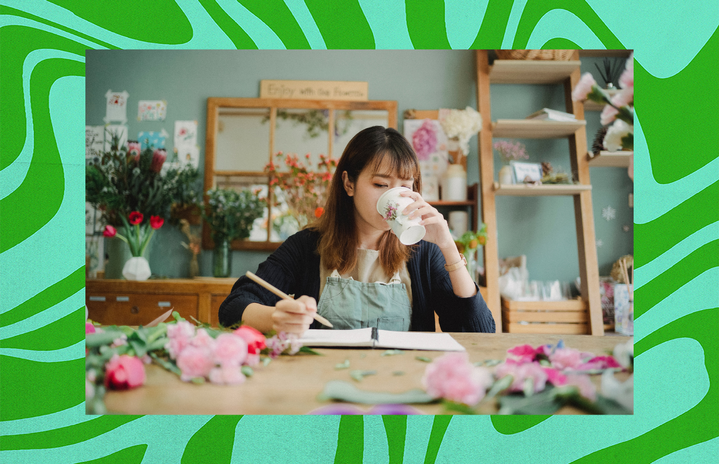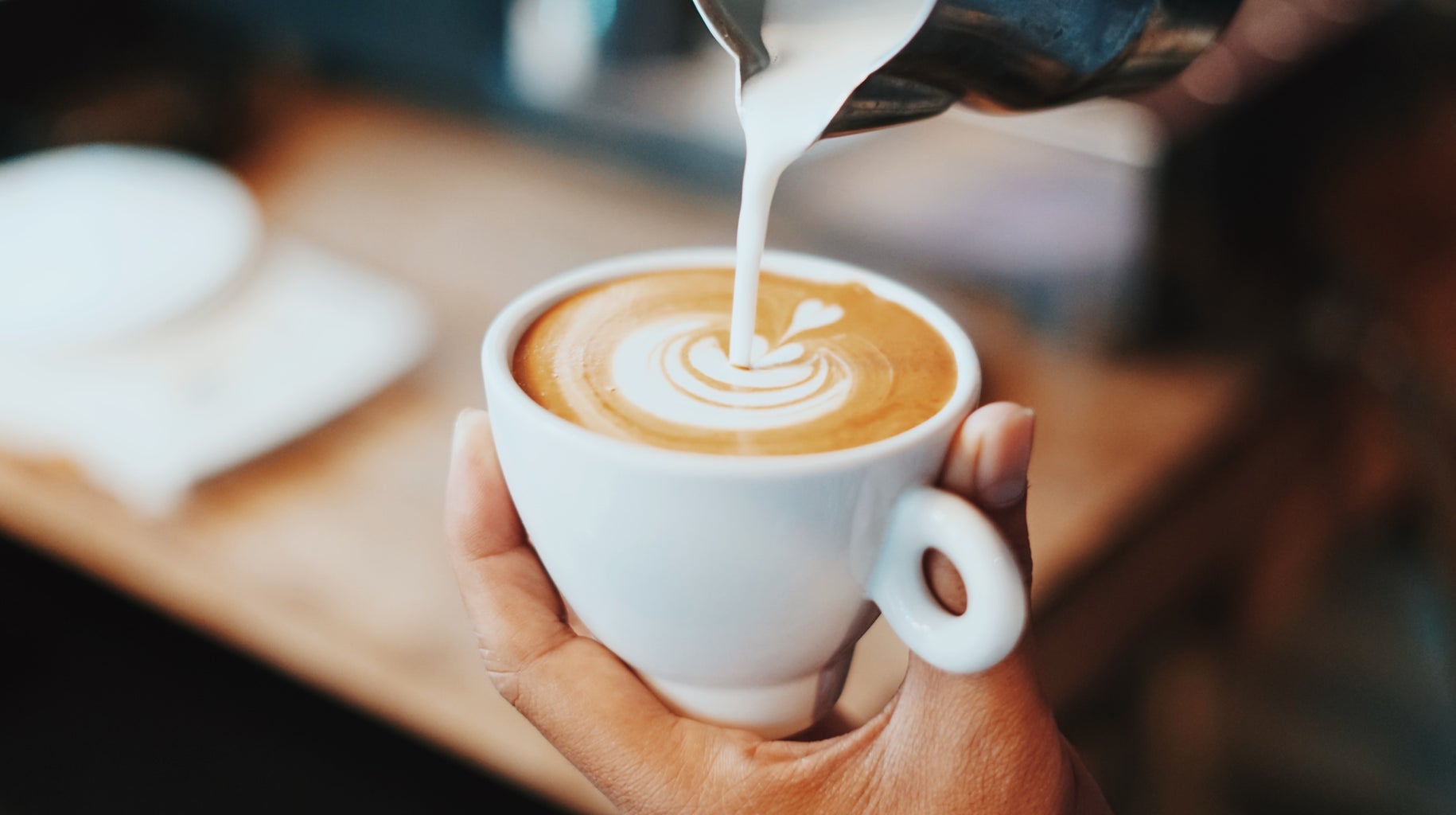It’s midterms season and you know what that means… coffee, coffee, and more coffee. Most college students spend this portion of the semester (and many others) studying at all hours of the day and night, relying on coffee, tea, and energy drinks to get through. For many of us, this is just a normal part of the college experience. But did you know you can actually become addicted to caffeine?
It’s so true that October has been named Caffeine Addiction Recovery Month! While it may feel like poor timing to consider the impacts of caffeine on your body, it’s important to be aware of how much you’re consuming and the effects it has on your health.
The average human being can safely withstand up to 400mg of caffeine per day, according to the FDA. That’s about 4 regular cups of coffee, 6 espresso shots, or 5 energy drinks. If that sounds like a lot to you, you’re probably in the clear. But think about what you’re drinking on a daily basis. If you’re ordering one venti espresso drink (latte, cappucino, etc.) from Starbucks, that’s 3 shots of espresso alone.
Signs of Addiction
While 90% of all Americans consume caffeine daily, very few understand the health risks associated with caffeine. Excessive caffeine consumption can cause:
- Irregular heartbeats
- Trouble sleeping
- Stomach issues such as ulcers or acid reflux
- Anxiety and other mood problems
- Dehydration
Now, I don’t say this to scare you. Most people who drink caffeine, even excessively, are not addicted. Here are some signs to watch for:
- Withdrawal symptoms in the absence of caffeine (headaches, fatigue, anxiety or tension, sweating, etc.)
- Physical cravings for caffeinated drinks
How to Cut Back
If you are experiencing these symptoms, or just simply want to cut back on your caffeine intake, here are some ways to do so slowly and sustainably:
- Start with half-decaf drinks: next time you order your favorite caramel macchiato from Starbucks, ask for it half-decaf. This will slowly wean your body off of the caffeine it’s used to.
- Switch to lower-caffeine alternatives: I first started this by switching from coffee to green tea. It still gave me the caffeine I needed to stay awake, but it doesn’t contain nearly as much as a few shots of espresso. I ended up feeling more awake and had fewer cravings for coffee.
- Check the ingredients of your foods, drinks, and medications: Yes – sometimes caffeine is included in the food you eat or even medications and supplements! Be sure to read the labels to eliminate any hidden caffeine from your diet.




